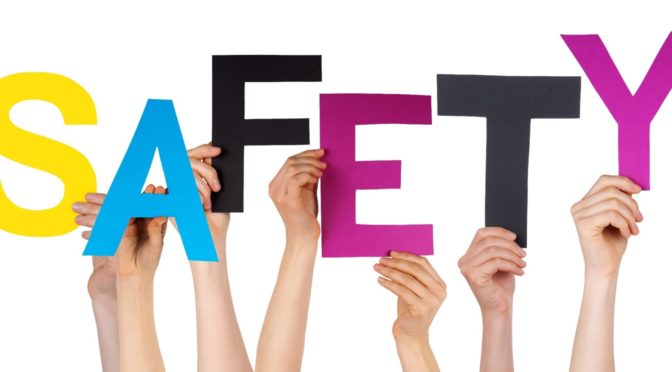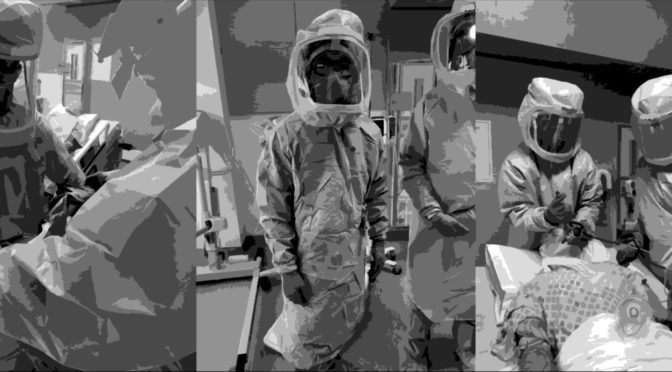Personal protective equipment (PPE) for personnel involved in advanced airway management in cases of known positive or suspected COVID-19 should not replace recommendations by the Centers for Disease Control and Prevention (CDC).
However, the additional risk of exposure to healthcare personnel involved in advanced airway management for a disease with airborne transmission must be taken into consideration. Past experiences with variations in PPE during other major respiratory diseases in recent history have been published along with recommendations for the current COVID-19 pandemic. Experts have recommended a higher level of PPE for personnel involved in advanced airway management due to limitations of standard PPE, particularly neck and wrist exposure.
Use of an air filtration system, preferably an N95 mask, is recommended by CDC and anesthesia societies and is a minimum requirement for airway management personnel. Proper air filtration is a basic need for healthcare professionals caring for patients with airborne diseases and participating in aerosol-generating procedures (AGPs). N95 fit testing should be prioritized for these healthcare professionals. For airway management personnel who do not successfully fit test or cannot wear an N95 for other reasons, ideally a hooded Powered Air Purifying Respirator (PAPR) should serve as the alternative.
Basic features of PPE for airway management personnel are IN ADDITION to CDC recommendations for PPE and airborne, droplet, and contact precautions which may include:
- Second layer of eye/face protection
- Neck coverage
- Second layer of long gloves
This level of PPE is not universally recommended by societies and other organizations. Advanced skills in airway management are a limited resource, and those with these skills require adequate protection. In addition, anesthesiologists are critical medical specialists who can provide perioperative and critical care as well as pain management during a surge in addition to performing endotracheal intubation when needed.
Implementation of these features will vary given the variability of available PPE between institutions and supply shortages worldwide. It is essential to train airway management staff as soon as possible to develop a local PPE protocol that takes into account CDC and special precautions for high-risk procedures like intubation as described above. Each facility will likely develop its own unique PPE protocol.
The following videos are being shared for educational purposes only. They represent only one example of applying additional precautions to PPE for airway management personnel, and there will be many others. Creating local videos can help expand training at a facility without depleting available PPE supplies. Remember that each institution or practice will develop its own version of PPE for airway management personnel, and many variations can achieve the same goal.
VIDEO: Enhanced Airway PPE Donning (1:52)
VIDEO: Outer Layer Doffing (1:28)
VIDEO: Inner Layer Doffing (2:21)
VIDEO: COVID-19 Airway Management Simulation (1:44)
For other helpful resources, visit
https://www.edmariano.com/resources/ppe.

